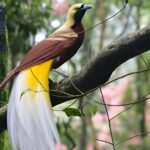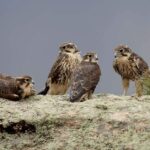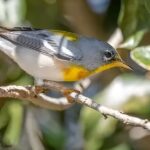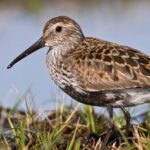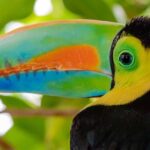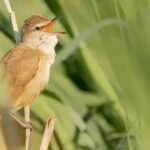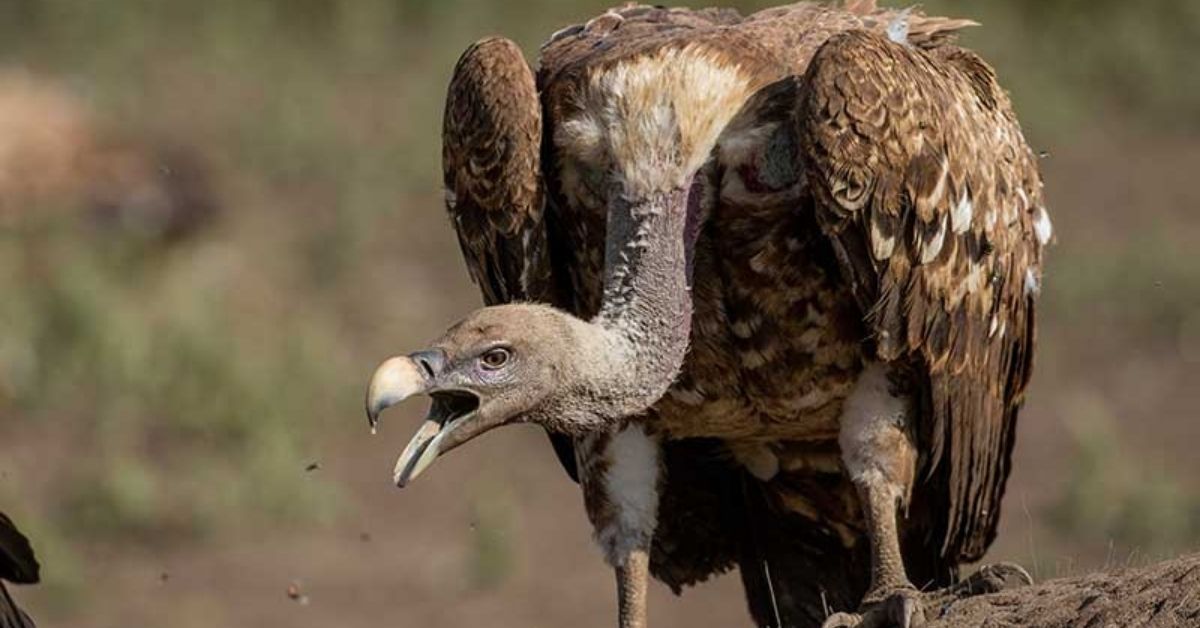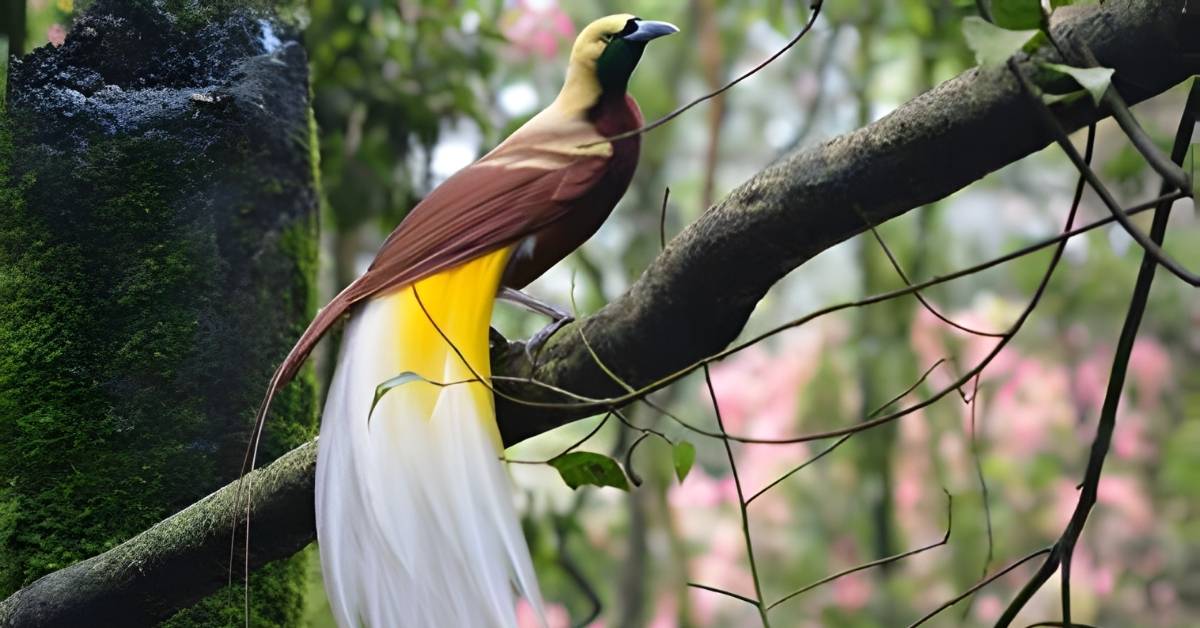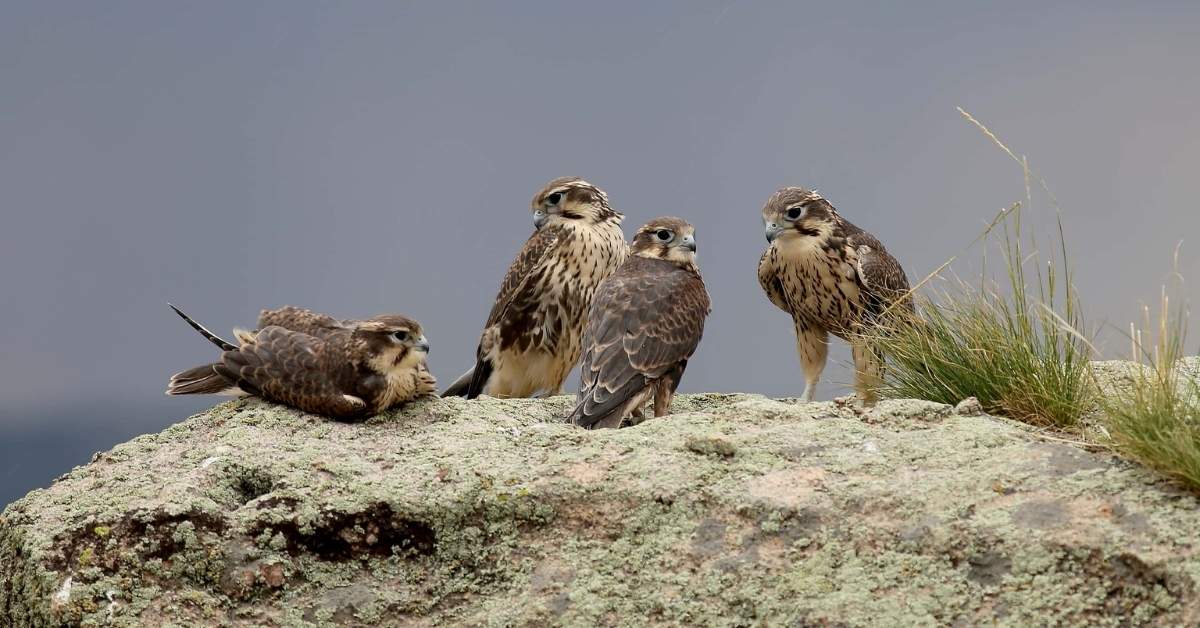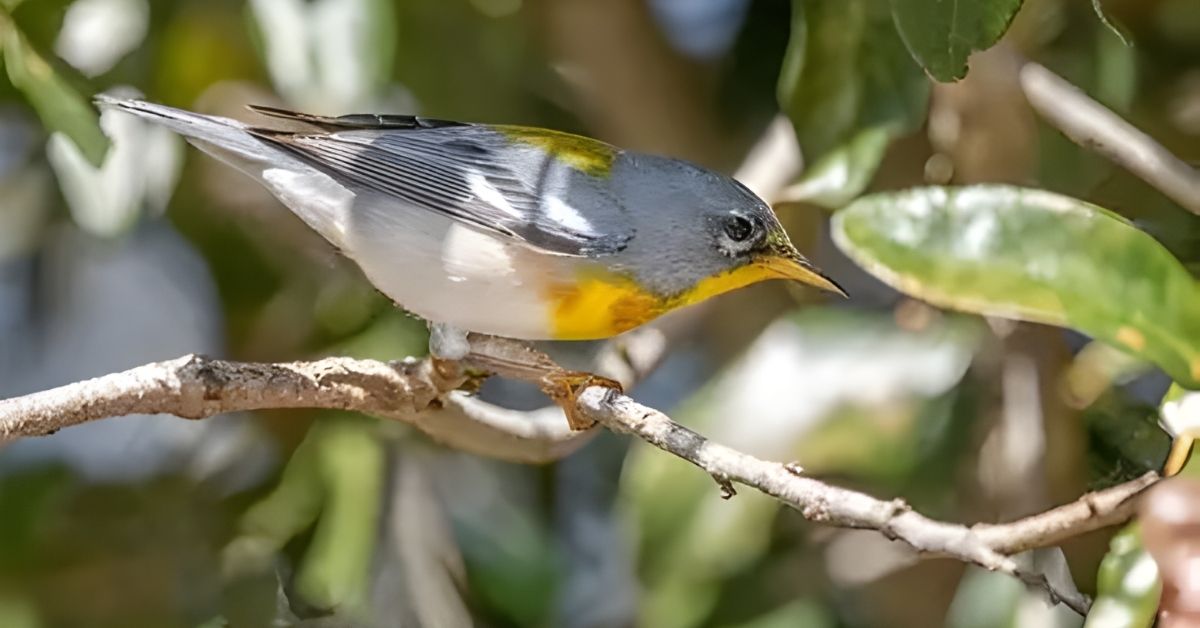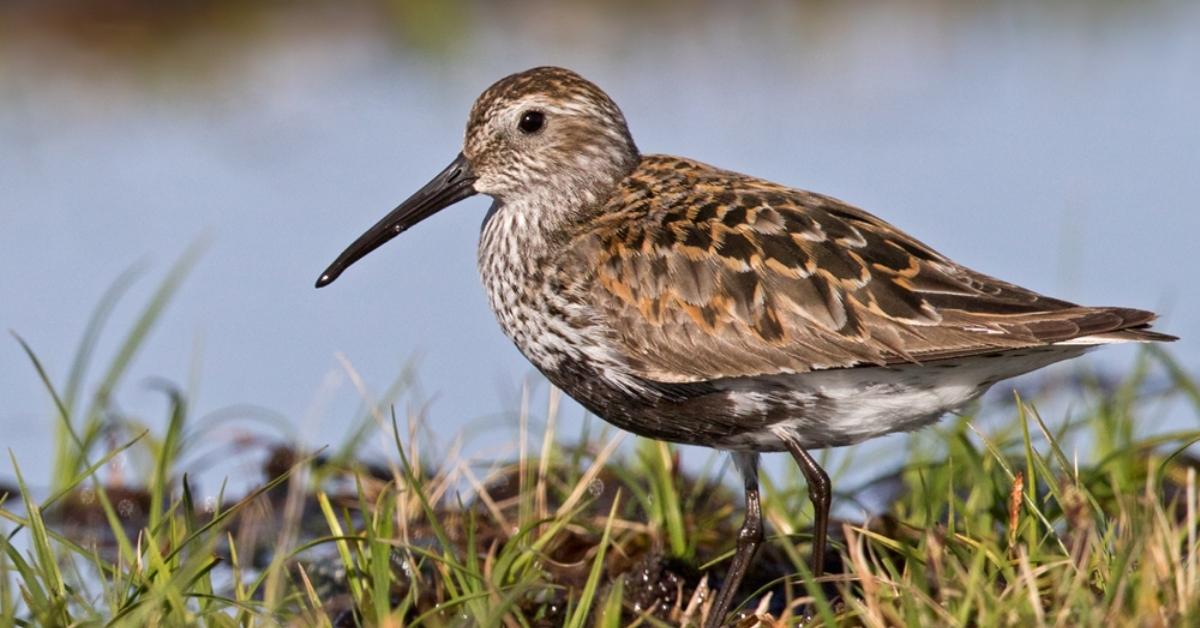Rare birds in the world capture people’s imagination because they are so unusual and hard to find. From the Spix’s macaw to the Bali myna, these rare birds in the world show both beauty and struggle. Many are endangered, some are extinct in the wild, and others survive only through captive breeding. Rare birds in the world also remind us how fragile nature can be.
When you learn about rare birds in the world, you see stories of survival and loss. These species face threats like hunting, habitat loss, and climate change. Protecting rare birds in the world matters for future generations.
Antioquia brush finch (Atlapetes blancae)

The Antioquia brush finch is one of the most fascinating rediscoveries in recent history. Thought to be gone forever, this bird was finally rediscovered in Colombia after decades of silence. Its survival story reflects the same kind of miracle seen with the ivory-billed woodpecker, which is possibly extinct yet still sparks hope. However, the Antioquia brush finch faces severe problems, most notably deforestation and urban sprawl that are shrinking its already limited range.
For USA readers, its struggles might sound familiar. Just as species such as the California condor and the imperial amazon parrot have suffered from human encroachment, the Antioquia brush finch shows how fragile ecosystems can be. Protecting it requires not only preserving forests but also preventing further nest-site loss. Without a conservation strategy, it could easily fall back into the shadows of extinction, much like the Edward’s pheasant (Lophura edwardsi), which may already be gone in the wild.
Crested ibis (Nipponia nippon)
The crested ibis has a long history in East Asia, where it was once widespread. Overhunting, pollution, and destruction of wetlands drove its numbers down so drastically that by the 1980s only a handful remained in captivity. Thanks to strict protection and captive breeding programs, the species has made a remarkable comeback in China and Japan. Its story echoes the challenges of the orange-bellied parrot (Neophema chrysogaster), which had only 16 in 2016 in the wild, showing how critical intervention can turn the tide.
The ibis shows how deeply human actions affect bird populations. Pesticides, habitat loss, and climate change all contributed to its decline. For American readers, the lessons of the ibis connect strongly to local wetland birds such as cranes and herons that face similar risks. Much like the Philippine eagle or the Spanish imperial eagle, the ibis teaches us that saving a species requires both reintroducing populations and restoring their environment, otherwise conservation becomes only a temporary fix.
Scaly-sided merganser (Mergus squamatus)
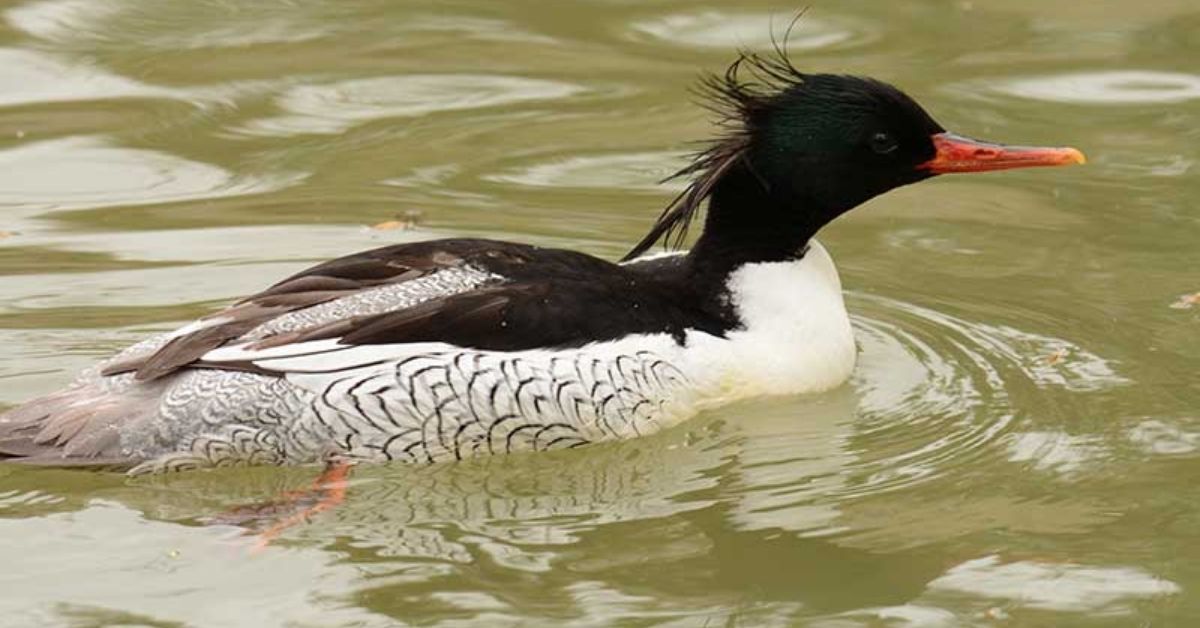
The scaly-sided merganser is a striking bird with a patterned body and a dependence on clean rivers. Found mainly in East Asia, it is extremely vulnerable because its habitat is under constant pressure from dams, pollution, and disturbance. Scientists believe fewer than 250–500 birds survive in the wild, putting it in the same league of rarity as the Spoon-billed sandpiper (Calidris pygmaea). Both species face challenges across their breeding and migratory grounds, making protection a cross-border issue.
What makes the merganser special is not just its beauty but also its ecological role in maintaining river ecosystems. The threats it faces mirror those of the Madagascar pochard, another species that was once declared lost but later rediscovered. For USA readers, it’s easy to compare the merganser’s struggles with America’s own piping plover or other river-dependent species, which also depend on people making careful choices about rivers and coasts.
Blue-crowned laughingthrush (Proterorhinus courtois)
The blue-crowned laughingthrush is rare not only because of its small population but also because of its unique behavior. Known for its social calls and chatter, it lives in fragmented forests of China. With fewer than a thousand birds believed to exist, it shares the same perilous category as the great green macaw (Ara ambiguus) and the yellow-crested cockatoo (Cacatua sulphurea). Much like them, it is threatened by illegal wildlife trade and the destruction of natural habitats.
Captive breeding has been used to keep the laughingthrush alive, but this creates new problems. Birds raised in captivity often lose natural instincts, leading to genetic bottlenecks and difficulty adjusting when reintroduction is attempted. This pattern is similar across many species, from the kākāpō of New Zealand, a flightless parrot, to the critically endangered imperial amazon parrot with only ~40–60 individuals left.
Regent honeyeater (Anthochaera phrygia)
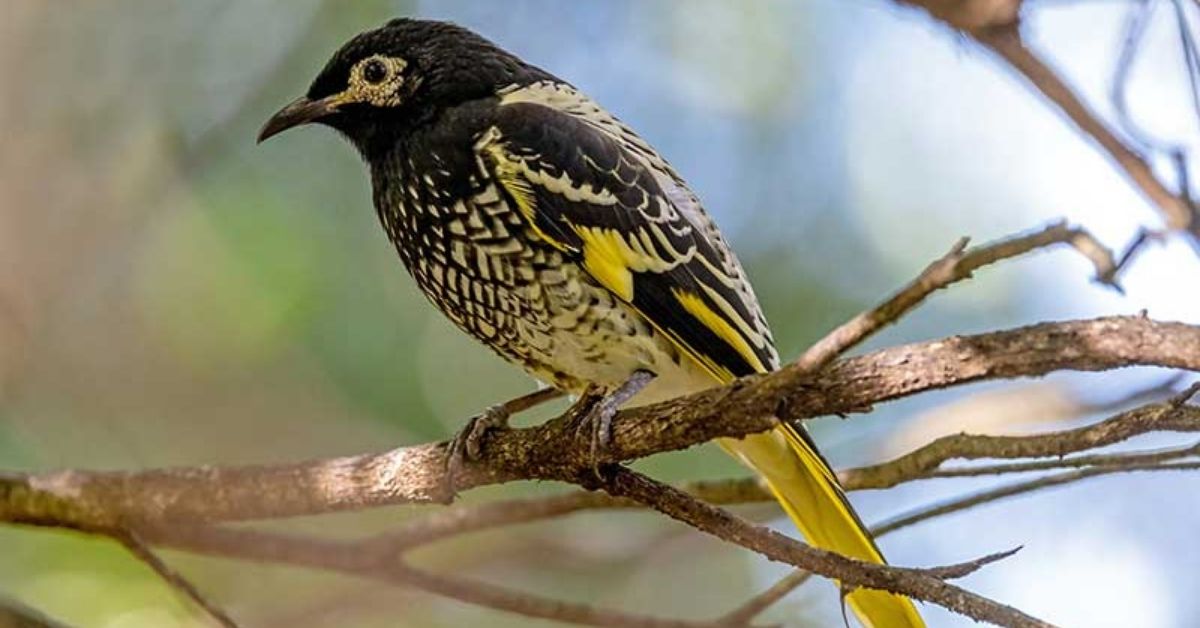
The regent honeyeater is one of Australia’s most endangered songbirds. Once common in eucalyptus forests, it has been driven to the edge by large-scale logging and human encroachment. What makes its decline especially heartbreaking is that young birds in captivity sometimes forget their natural songs, a problem conservationists now work to fix by teaching them the calls of wild adults.
The struggle of the honeyeater connects directly with species like the orange-bellied parrot, which faces similar conservation challenges. For American readers, it’s not hard to draw parallels with declining populations of North American songbirds due to habitat destruction and climate change. Like the California condor, the honeyeater reminds us that saving birds requires creativity, persistence, and sometimes even teaching culture back to the wild.
Great green macaw (Ara ambiguus)
The great green macaw is a giant parrot that lives in the tropical forests of Central and South America. With its bright feathers and powerful call, it is one of the most iconic birds of the rainforest. Sadly, the illegal pet trade and deforestation for logging and farming have slashed its numbers, leaving only a few thousand in the wild. This struggle is shared with the Spix’s macaw, now extinct in the wild and only surviving in captivity through reintroduction projects.
For local communities, protecting the macaw has brought both hope and economic benefits. In Costa Rica and Nicaragua, eco-tourism built around birdwatching has become a powerful incentive to save this species. Much like conservation efforts for the Bali myna (Leucopsar rothschildi), community involvement is proving to be the most effective long-term solution.
Also Read This: Angriest Looking Birds
Yellow-breasted bunting (Emberiza aureola)
The yellow-breasted bunting was once so common in Eurasia that it was nicknamed the “flying rice bird.” Now, relentless hunting and trapping have pushed it onto the endangered list. Its story of decline mirrors that of the ivory-billed woodpecker, which is considered functionally extinct with no confirmed sightings in decades.
For Americans, this bird’s fate connects to the lessons of migratory species like warblers and thrushes that cross entire continents. Without safe stopovers and protection from hunting, their journeys can end in tragedy. The bunting’s decline warns us how quickly abundance can become rarity, just as the white-backed vulture (Gyps africanus) population crashed due to poisoning in Africa.
White-backed vulture (Gyps africanus)
The white-backed vulture plays a vital role in African savannas, where it acts as nature’s cleanup crew. By feeding on carcasses, it prevents disease outbreaks and keeps ecosystems healthy. Unfortunately, poisoning, habitat destruction, and direct hunting have caused its numbers to fall drastically. Conservationists now count it among the most threatened vultures, alongside others facing pollution, disturbance, and illegal wildlife trade.
Its plight feels similar to the California condor, which also struggled with poisoning from lead ammunition until strict regulations turned the trend around. Protecting scavenger birds might not feel as glamorous as saving colorful parrots, but their ecological role is irreplaceable. Losing them would leave both nature and people more vulnerable.
Yellow-crested cockatoo (Cacatua sulphurea)
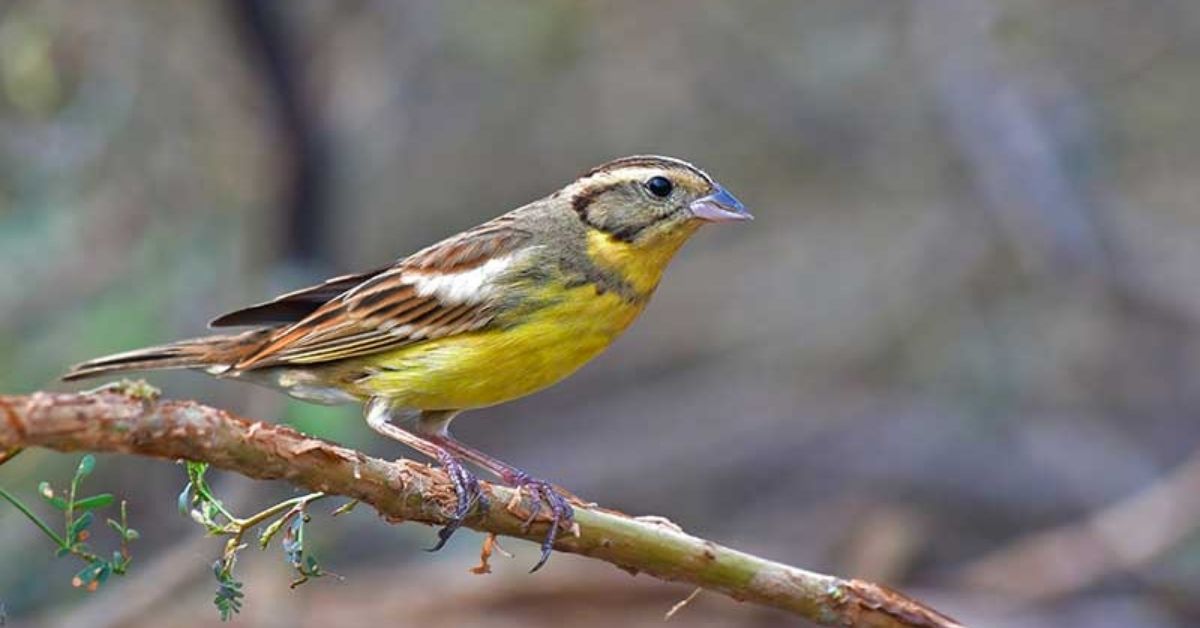
The yellow-crested cockatoo is a charismatic parrot from Indonesia with an intelligent and playful personality. Sadly, its popularity in the cage-bird trade has pushed it to the brink. Trapping, combined with habitat loss, has caused numbers to plummet, leaving only tiny populations in the wild. This mirrors the crisis faced by the Bali myna, another Indonesian bird once stolen so often for trade that almost none were left in nature.
For readers in the USA, it’s easy to compare the cockatoo’s story with parrots commonly kept as pets. The difference is that wild-caught birds suffer greatly, and their capture leaves wild populations even smaller. Without stronger protection, the cockatoo could join the list of species like the Edward’s pheasant, surviving only in private collections and captivity.
Bali myna (Leucopsar rothschildi)
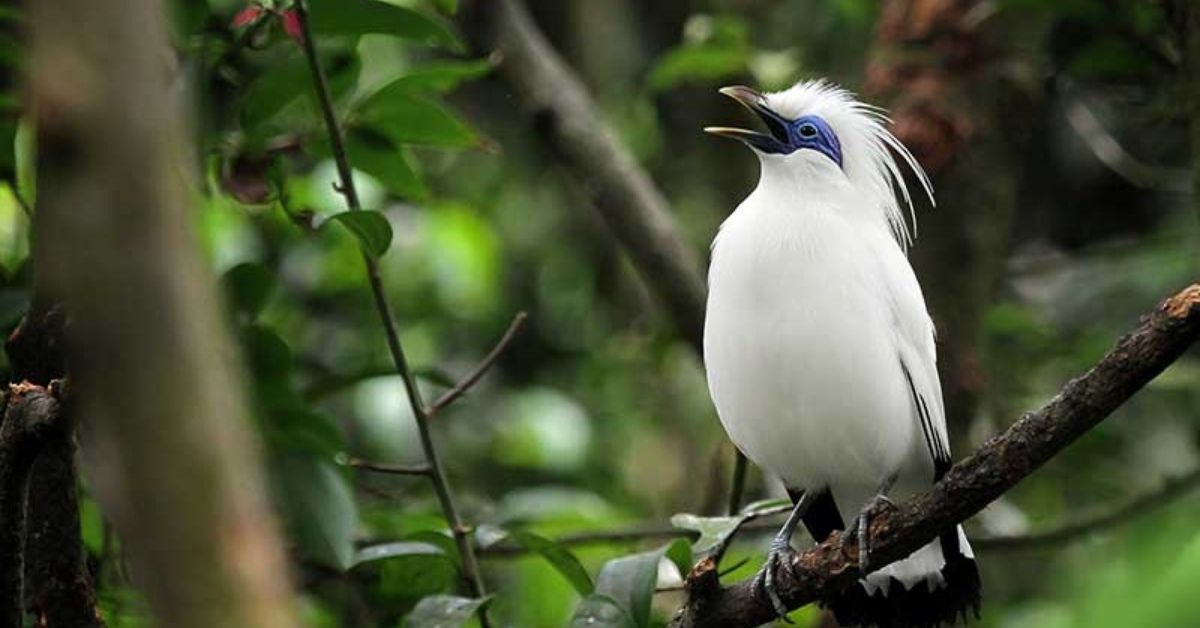
The Bali myna is one of the most striking birds in the world, with white feathers and a bright blue eye patch. Once common on the island of Bali, it became so rare due to trapping that by the 1990s fewer than a few dozen remained. Conservationists stepped in with captive breeding and community-based reintroduction programs, which have helped keep it alive, though the wild population is still extremely small.
This bird is a symbol of national pride in Indonesia, but it also represents a global challenge. Like the orange-bellied parrot and kākāpō, its fate depends on people working together to protect it. Without such teamwork, it risks becoming yet another name on the long list of birds extinct in the wild.
Spoon-billed sandpiper (Calidris pygmaea)
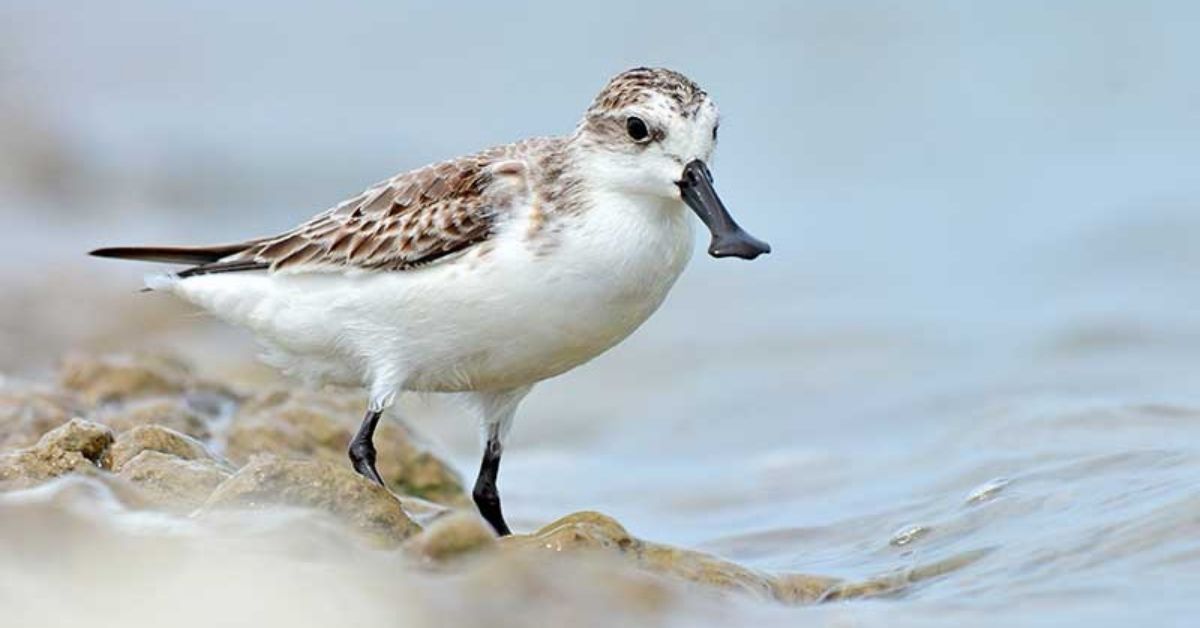
The spoon-billed sandpiper is famous for its spoon-shaped bill, a tool perfectly adapted for feeding in mudflats. Sadly, it is also one of the rarest shorebirds, with only 250–500 birds left in the wild. Its breeding grounds in Russia and migration routes across Asia are threatened by habitat destruction and climate change, making survival extremely difficult.
This struggle mirrors the problems faced by shorebirds in North America, like the piping plover, which also relies on shrinking coastlines. The spoon-billed sandpiper shows how conservation strategy must look beyond one country, since migratory grounds stretch across multiple nations. Without global cooperation, this species could disappear just like the Spix’s macaw did in the wild.
Edward’s pheasant (Lophura edwardsi)
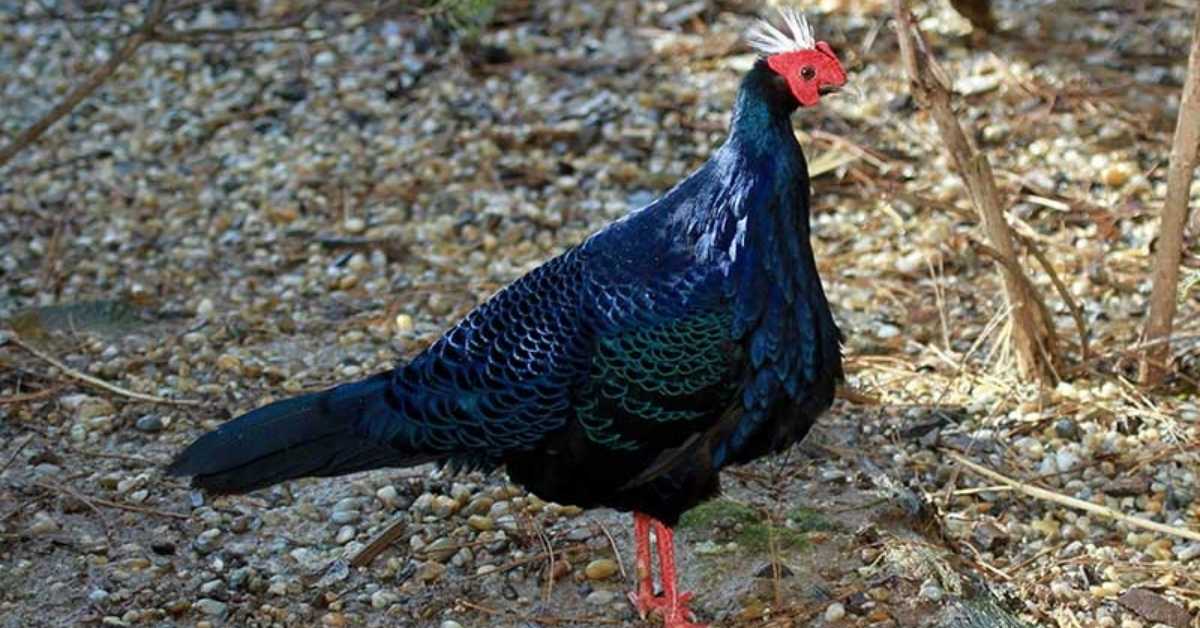
Edward’s pheasant is a mysterious bird from Vietnam’s forests. Believed by many to be possibly extinct, it has not been reliably seen in the wild for years. A few remain in captivity and private collections, with estimates of 50–250 individuals. Like the imperial amazon parrot and California condor, its numbers are so low that survival now depends entirely on human intervention.
The pheasant’s decline reflects the same dangers faced by countless other species: deforestation, hunting, trapping, and habitat pressures. Without urgent action, it risks becoming a ghost bird, known only from old drawings and museum specimens, much like the ivory-billed woodpecker in the USA.
FAQs
What is the rarest bird in the world?
The rarest bird in the world is the Spix’s macaw (Cyanopsitta spixii), once declared extinct in the wild and now surviving only through captive breeding and reintroduction programs.
What are the 10 rarest birds in the world?
The 10 rarest birds in the world include the Spix’s macaw, Madagascar pochard, Bali myna, Orange-bellied parrot, Kakapo, Spoon-billed sandpiper, Imperial Amazon parrot, Philippine eagle, Edward’s pheasant, and California condor.
What is the top 1 cutest bird in the world?
The Bali myna (Leucopsar rothschildi) is often considered the cutest bird in the world, with its striking white feathers and bright blue eye patch.
Conclusion
Rare birds in the world are a gift of nature. They are beautiful, unique, and very fragile. Many rare birds in the world are close to extinction. Some like the Spix’s macaw are already extinct in the wild. Others like the orange-bellied parrot survive only through captive breeding. Rare birds in the world also face dangers from hunting, habitat loss, trapping, and climate change.
We must act to save rare birds in the world. Strong conservation, reintroduction, and protection can give them hope. Rare birds in the world show us why nature matters. If we lose them, we lose history, culture, and beauty forever.

Spiritual Vora shares deep insights on dreams, angel numbers, spiritual meanings, and inner healing. Our mission is to guide souls toward clarity, growth, and divine connection through uplifting and enlightening content.

